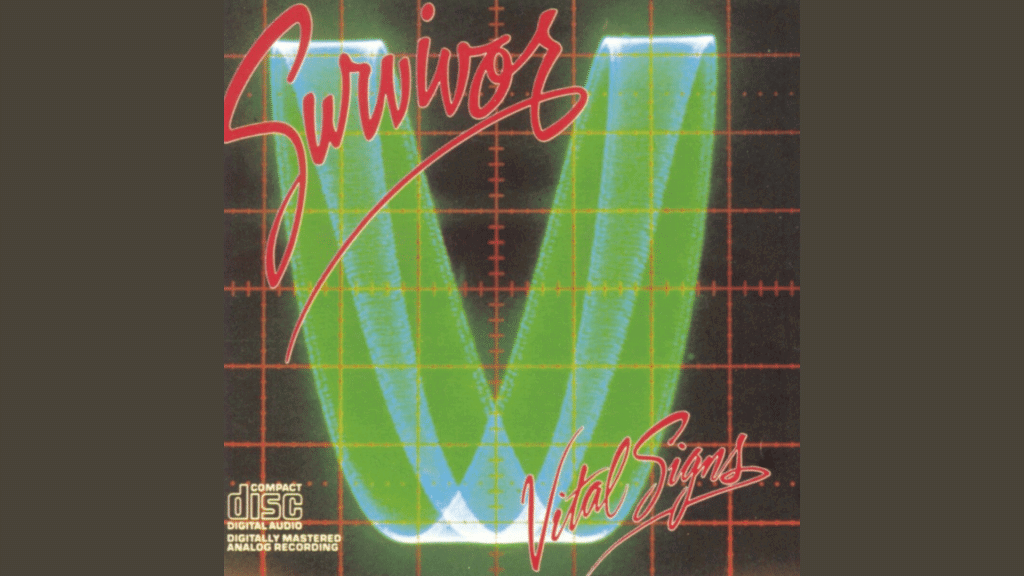Image by Andy Barbour on Pexels
Your writing should be original and insightful, whatever you write — academic essays, entertaining blog posts, or marketing content. No one wants copypasted words and ideas from writers: Readers, editors, publishers, and search engines see such content as plagiarism.
What can you do with that?
When writing paper, many address PlagiarismCheck or other corresponding tools. They are a surefire way to avoid plagiarism in college, unintentional plagiarism in articles, and even self-plagiarism in your writings.
Is plagiarism illegal? Sure. Are there any tactics to help you prevent plagiarism in your writing? Definitely. Keep reading to find out what you can do with your texts to avoid accusations of stealing them from other resources.
Benefit from Plagiarism Detecting Tools to Review Your Texts

Most writers have heard of the term “accidental plagiarism:” You know you write your work from scratch and don’t intend to copy anyone, but the audience still finds some duplications and says you stole writing ideas from other authors.
Unintentional plagiarism is hard to avoid. It happens even with the most experienced writers:
Some phrases, sentence structures, and idioms stick with a writer, so it’s challenging to mind their usage. You include them in articles by default and see them as common phrases rather than points requiring a citation. Another seemingly weird issue is self-plagiarism:
It’s when you take ideas or statements from your previous content assets and repurpose their segments in another project. Yes, it’s you who is the author. But your editor, publisher, or client might already have read about that from you, so they want you to cover something original. More than that, those ordering writings from you will use plagiarism-detecting tools to check your drafts before approving and publishing.
And guess what?
They won’t care if your duplications were unintentional or accidentally taken from your other works. So, why not check your drafts via reputable plagiarism checkers to detect and eliminate all the drawbacks beforehand?
PlagiarismCheck, Diplichecker, Grammarly Plag Checker… There are many corresponding tools, and they will help you find doubtful excerpts in your texts before submitting them for the editor’s review.
How do plagiarism checkers work?
They use database software to scan for exact matches between existing web texts and your text. A tool crawls web content, scanning your texts for similarities with other content pieces online, and highlights matches using keyword analysis. As a user, you’ll get a plagiarism percentage in your text, highlighted duplications, and lists of the sources where the tool found matches.
What plagiarism checkers can identify:
- Complete plagiarism (when you copy others’ work word by word)
- Source-based plagiarism (when you use data fabrication, falsification, or misleading citation)
- Mosaic plagiarism (when you interlace others’ phrases within your work)
Some advanced plagiarism checkers can also see non-exact matches, i.e., poorly paraphrased content in your texts. Paraphrasing isn’t terrible by itself; it becomes plagiarism when done wrong.
How can you use paraphrasing to avoid plagiarism in your writing?
Paraphrase
Plagiarism checkers can’t identify others’ ideas in your writing. No wonder:
It’s okay to use them if you do that without copyright infringement. For that, paraphrase it like a pro and give credit to the original.
What is paraphrasing?
Paraphrasing is the process of rewriting a source’s information with other words but the same meaning. Important: It’s not about synonymization to cheat plagiarism detectors; it’s your original presentation of the other’s ideas in a way you understand them.
How to rewrite a paper to avoid plagiarism?
- Reword and format your texts originally
- Avoid too many similar words and phrases from the source
- Include a citation (Even paraphrased, it’s still someone’s idea, not yours)
Always Cite Your Sources to Praise Authorship
Most writing genres (well, except for fiction stories) go with references to other sources and content creators. Academic essays, research papers, comprehensive blog posts, case studies, literature reviews, etc. — you can’t avoid mentioning others’ experiences and ideas in these works of yours.
The rule is to give them proper credit: mention author names, backlink to the original, share direct quotes, provide in-text citations, and list the sources in your bibliographies.
Tip:
Don’t limit yourself to one source when researching the information for your content. Why retell a writing piece you found online? Check several credible resources on your topic to see its different angles and ideas, and compose your original text.
If you work with academic content (college essays, research papers, theses, dissertations, etc.): Organize citations and the list of references according to your prescribed content format and citation style (APA, MLA, Chicago).
If you write online content (blog posts, ebooks, news): Backlink to your sources, tag authors, or place the list of used publications at the end of your work.
Polish Your Writing Skills (Regularly!)

Do your best to grow as a writer. Even if you write standard blog articles or captions for social media, you can improve your writing craft and bring value to your content.
Don’t rewrite common facts or ultimate truths that “everybody knows” or “goes without saying.” (After all, if it goes without saying, why talk about it?) Polish your writing style and depth, as it goes a long way toward avoiding plagiarism in your texts.
Look:
Your risk of plagiarizing grows when you describe like others, with no depth or original insights. Why? It happens because you use the same arguments, ideas, language patterns, and word constructions!
When you work on your writing style and voice, you look for original ways to communicate the information to your audience. More than that, you think of original arguments and statements to mention in your text so it stands out in the crowd of same-looking, superficial content assets.
So, here’s the deal:
- Enhance your writing vocabulary
- Try different writing techniques in your texts
- Learn to write for better clarity and readability
- Add your personality to texts
- Polish your writing voice and style
Thus, you’ll minimize your chances of parroting other writers and content creators working with the same topics.
Experiment When Appropriate
Sure thing, your writing style or format may depend on the content type, its target audience, and the publishing platform. (It’s challenging to be creative when writing an academic essay for a scholarly journal, huh?) However, you can always try covering your topic from another angle or think of alternative arguments:
Think of writing about the aspects others haven’t yet covered. Change your perspective and look at your topic from different angles; thus, you’ll avoid copying others and prevent accusations of stealing others’ thoughts or intellectual property.
Takeaways
So, here’s a recap on how to avoid plagiarism in your writing:
- Use advanced plagiarism detectors to check your drafts before publishing or submitting them for the editor’s review.
- Master paraphrasing.
- Always cite the sources you use in your works.
- Grow as a writer: polish skills, learn new writing tricks, develop your writing style, and practice different writing formats and techniques to communicate your ideas to the target audience.
- Try new angles and approaches to the topics you cover. Bring value to your writing, not just rewrite common statements from others.
Praise the authorship and respect other writers when mentioning their work in your papers. Address them with proper references.





















